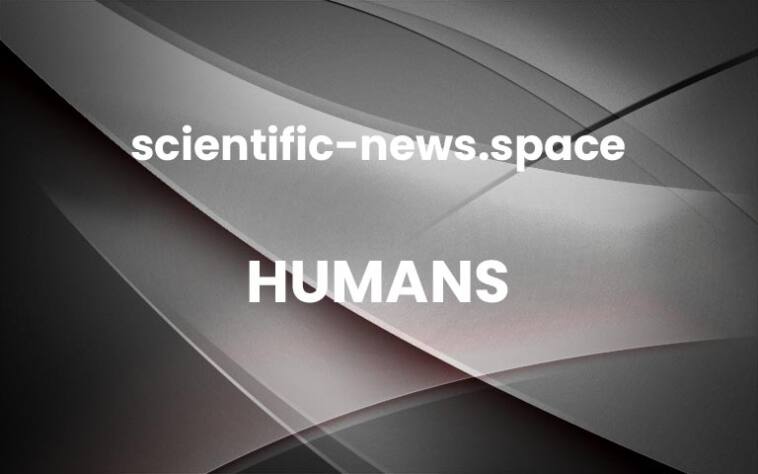Hunting with poison arrows may have begun 60,000 years ago in Africa
A collection of arrow points excavated in South Africa has provided the oldest direct evidence of hunters deploying plant-based poisons on their weapons, a practice that has continued into modern times in some traditional cultures More



